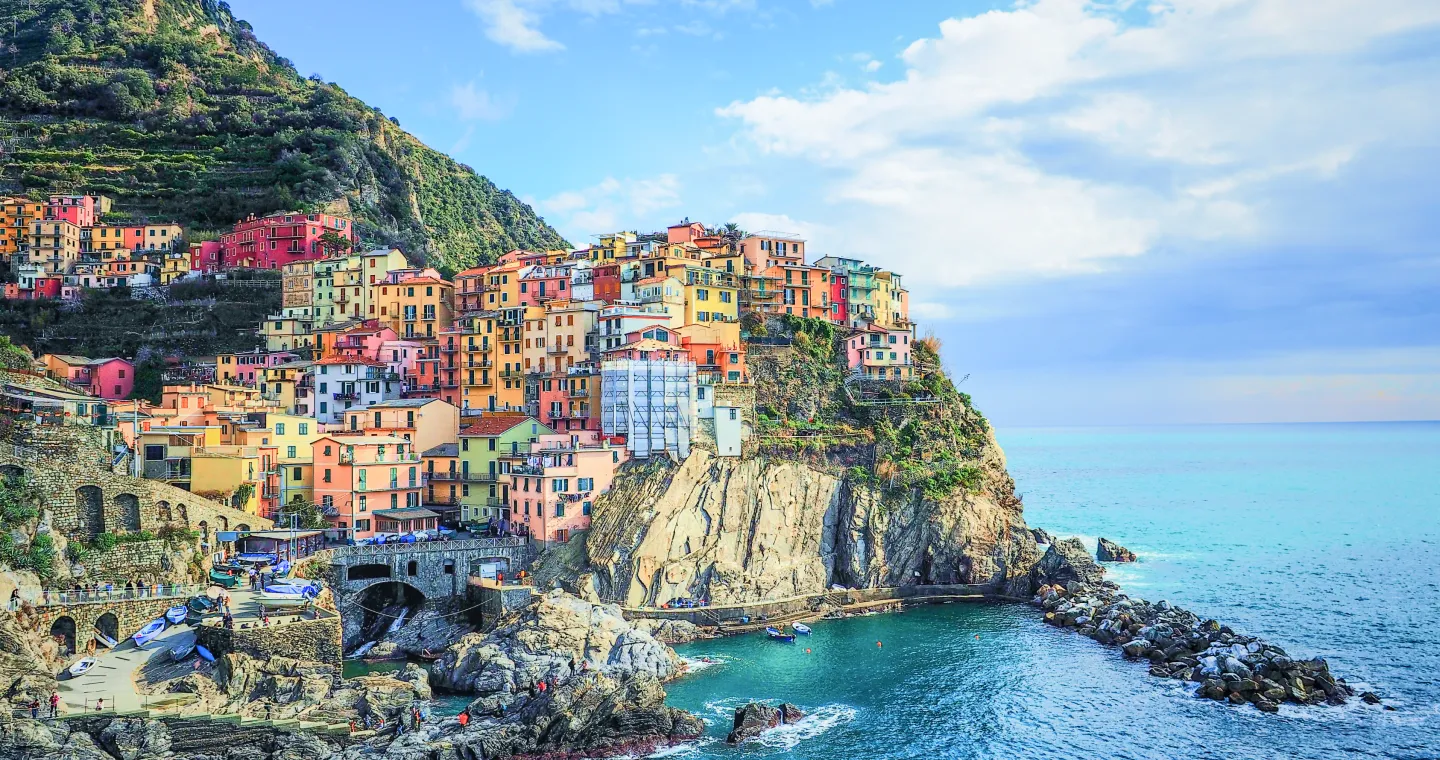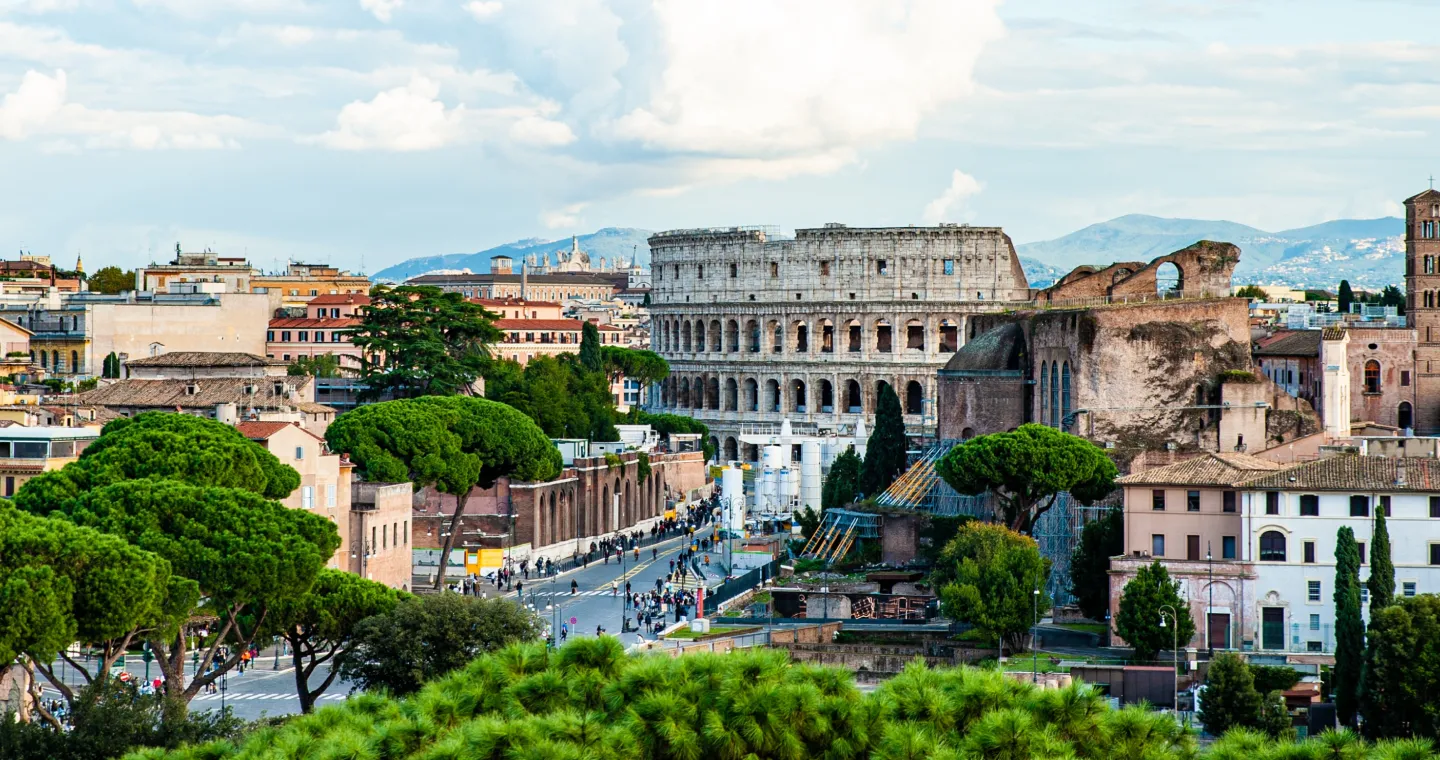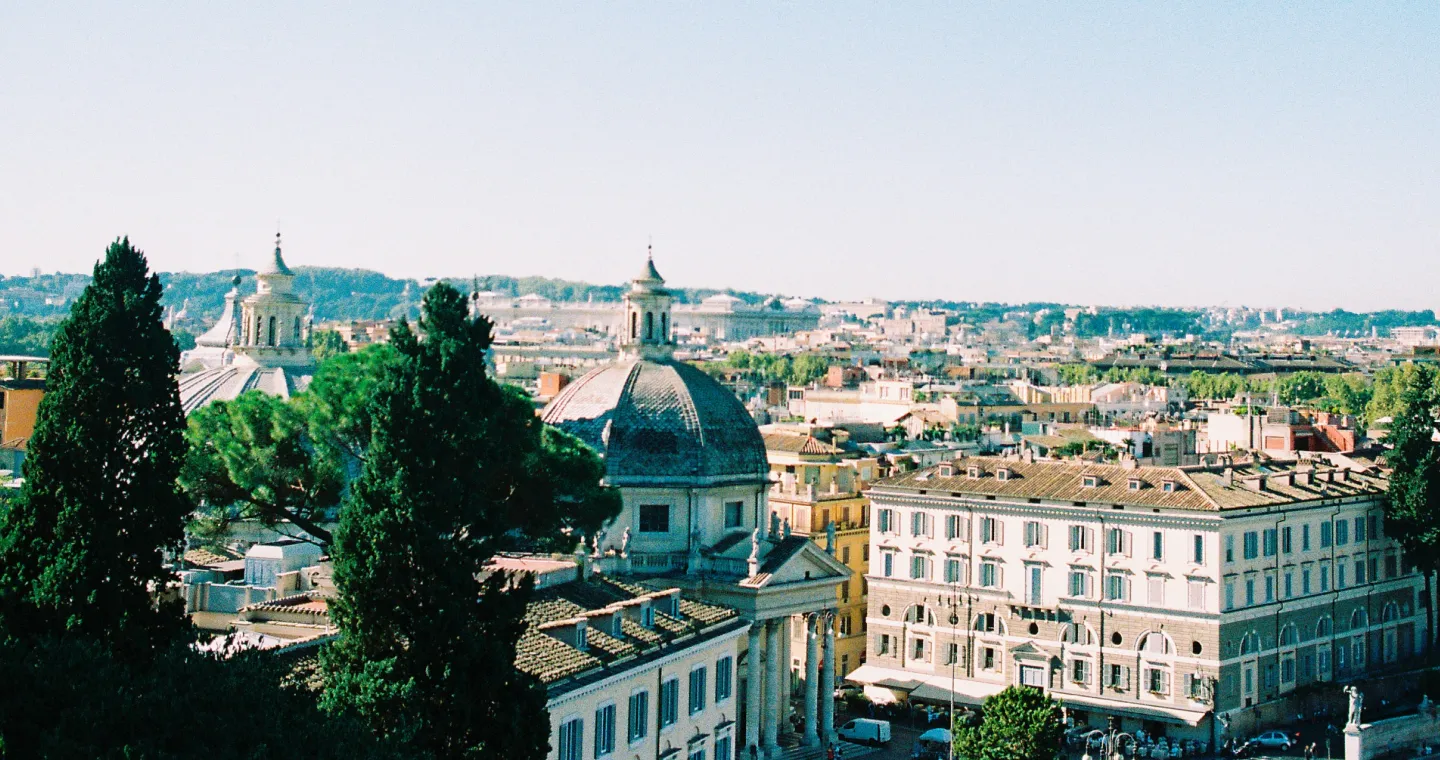Welcome to Vatican City, a state within a state and the center of the Catholic religion. I totally understand why visiting this religious center is high on many travelers’ bucket lists.
Vatican City offers cultural and spiritual journeys, with its stunning architecture, amazing art collections, and rich history. Every time I return to the city of Rome, this remains the one location I keep going back to since there is really plenty to see.
Since I have been there several times, I felt the need to share my experiences with you in the form of a “how to” guide. Truly, being a huge fan of these Dan Brown type of novels and a captive of my wild imagination regarding the well-hidden secrets in the Vatican’s numerous vaults of archives, there is no wonder why I keep pushing myself going back over and over again and why I am writing this article of Vatican’s wonders.
So, without further ado, let’s explore the Vatican in a day!
St. Peter’s Square
In front of St. Peter’s Basilica is St. Peter’s Square. Your initial impression of St. Peter’s Square will likely be its magnitude. With a capacity of more than 300,000 people, it’s one of the biggest public squares in the entire globe.
The first thing to observe is the central obelisk in St. Peter’s Square which is 25 meters high and originates from ancient Egypt. On the opposite sides of the obelisk you can see two fountains by Gian Lorenzo Bernini, which are renowned for their elaborate Baroque-style features. This is a stop for improving your Instagram account.
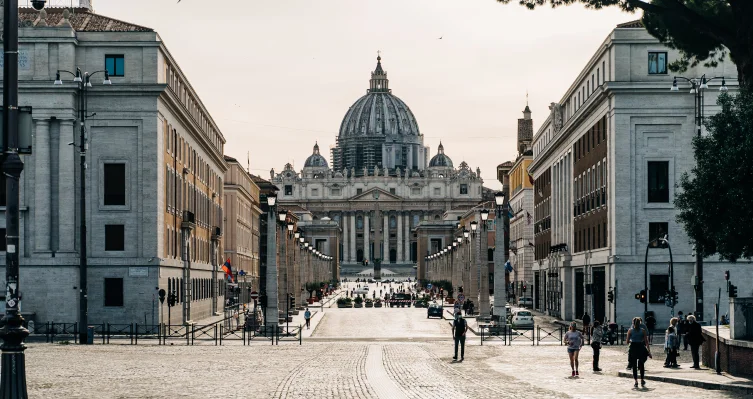
Vatican Museums
With more than 70,000 pieces, the Vatican Museums have one of the most extensive and priceless art collections in the world. To realize the magnitude of my statement, think of this. There are 26 museums and nearly a wall space of 8 kilometers! It’s impossible to visit them all, so you must have your pick.
There are some of my suggestions:
-Vatican Pinacoteca for
-Pio-Clementine Museum
-Chiaramonte Museum
-Gregorian Egyptian Museum
-Gregorian Etruscan Museum
-Tapestry Gallery
-Raphael Rooms
-Borgia Apartments
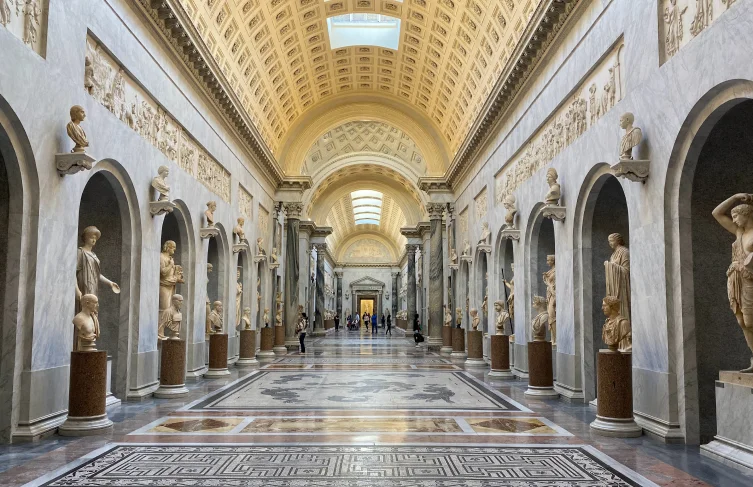
Vatican Museums, Vatican City, Vatican City
Sistine Chapel
This construction is one of the most well-known and stunning chapels in the world which was erected by Pope Sixtus IV between 1477 and 1480. The chapel is well-known for its breathtaking murals, which adorn the interior’s walls and ceiling.
Of course, the Sistine Chapel’s ceiling, which Michelangelo painted between 1508 and 1512, is its most well-known feature. The ceiling features events from the book of Genesis, such as the flood, the temptation and fall of man, and the creation of Adam and Eve. The frescoes are noteworthy for their exquisite detail and the way the chapel’s exquisite lighting makes them appear to come to life.
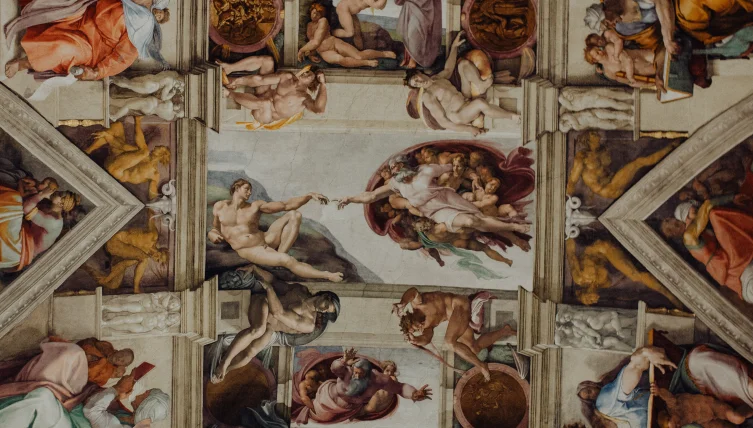
St. Peter’s Basilica Dome
One of the most famous churches in Europe is St. Paul’s Basilica. It was established in the fourth century, and over the years, it has undergone numerous reconstructions and restorations. The present-day basilica was built in the Renaissance style and finished in 1854.
The huge, 80-meter-long nave of St. Paul’s Basilica is among its most outstanding features. The ceiling of the nave is decorated with stunning mosaics and frescoes and is surrounded by marble columns.
The grave of St. Paul the Apostle, which is situated beneath the main altar, is without a doubt the basilica’s most notable feature. Christians from over the world travel great distances to visit the tomb. Other significant graves, including those of various popes, can be found throughout the church.

Vatican Gardens
One of Europe’s most tranquil and stunning gardens is this hidden gem. You’ll be treated to beautiful views of the grounds in addition to the breathtaking perspective of St. Peter’s Basilica.
The Vatican Gardens provide much more than just a lovely vista. A broad variety of horticultural plants and trees brought from all over the world are spread out throughout the 23 hectares, which is roughly half the area of Vatican City.
The tranquil atmosphere is enhanced by fragrant rose gardens, winding walkways through wooded areas covered with trees, immaculately kept lawns, and various fountains and statues. Additionally, the Vatican Grottoes, a network of underground chambers containing the tombs and monuments of popes throughout history, is another attraction of the Vatican Gardens
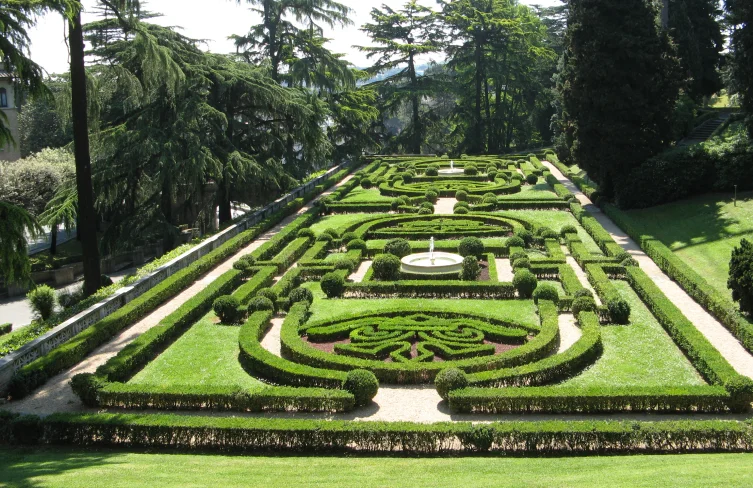
Vatican Gardens / Fot. Randy Greve / CC BY 2.0 DEED
Streets of the Borgo Neighbourhood
Have a stroll around the modest, quaint neighborhood of Borgo which can be found just outside the Vatican City walls, behind St. Peter’s Basilica, and along the right bank of the Tiber River. The region aka Leonine City due to its coat of arms, which depicts a lion.
Borgo Pio is one of the nicest avenues for strolling. This stone-paved street is lined with cafes, eateries, and beautiful landmarks like a fountain. Borgo Vittorio can can be accessed by Via Plauto and Via degli Ombrellari side streets. You won’t have to spend much time exploring, but it’s worthwhile!

Rome St. Peter’s and Borgo / Fot. Nicholas Hartmann / CC BY-SA 4.0 DEED
Castle Sant’Angelo
As you walk along the bank of Tiber River you’ll find a medieval fortress called Castle Sant’Angelo. Should you climb all the way up the fortress’s top, you’ll be rewarded with a breathtaking view of Vatican City. This castle has served a variety of functions throughout history, from a papal residence to a mausoleum for Roman emperors, and its artifacts demonstrate this rich and varied past.
A cool fact about this place. There is a secret and hidden passageway that connects Castle Sant’Angelo to Vatican City. Pope Clement VII escaped the Sack of Rome in 1527 by using this route.
You can also visit the jail cells, where numerous famous historical personalities were imprisoned. These cells provide a window into the darker aspects of Italian history and the lives of people who were imprisoned there, including the terrible murderer Beatrice Cenci and the philosopher Galileo Galilei.










